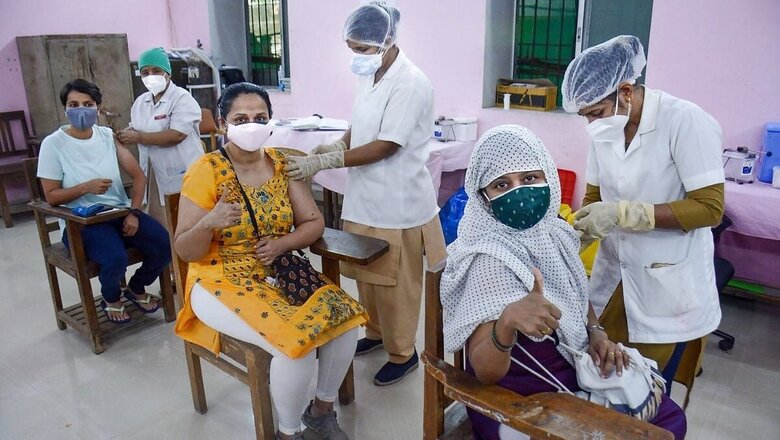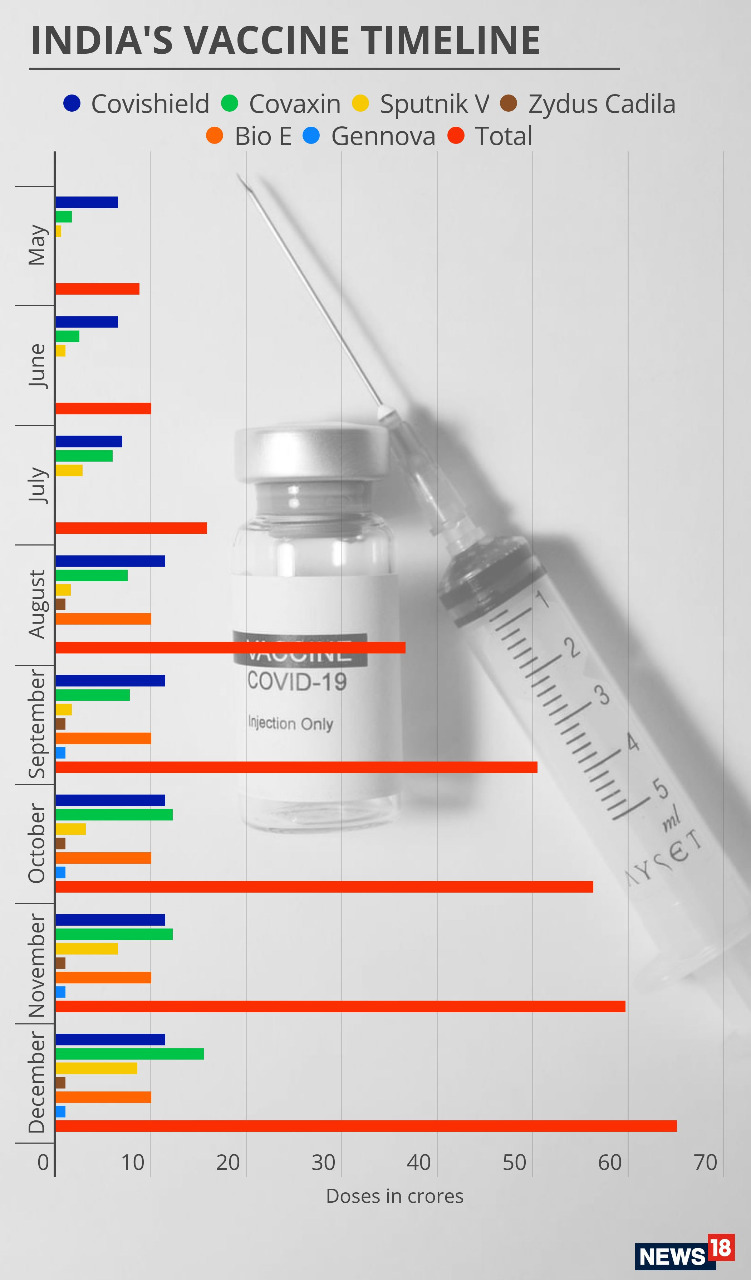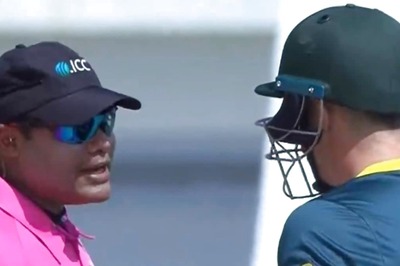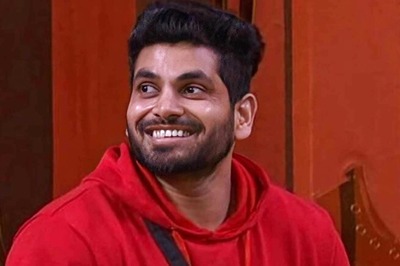
views
Supply of Covid-19 vaccines is likely to increase gradually from June, helping India get close to 300 crore doses in the seven-month period ending December, government officials aware of the matter said on Friday.
Estimates chalked out by officials suggested that the tentative supply figures in May (8.8 crore doses) could almost double by June (15.81 crore doses) and quadruple by August (36.6 crore doses). In December alone, 65 crore doses might be available, over a seven-fold jump from the May numbers.
The numbers showed that there could be 268 crore doses available between August and December, 52 crores more than an earlier estimation for these fives months that first sparked hopes of a decisive win against the coronavirus disease in the country battered by a brutal second wave of the pandemic. Most importantly, this would address the shortage of doses several states have complained of and bring India’s vaccination campaign, which has slowed down, back on fast track — a prerequisite to control the outbreak.
But experts say it will take at least two-three months before there is a visible change on the ground. “We must understand there is vaccine shortage for at least next two to two-and-a half-months, and before full-steam vaccination for young people (18-44 age group) can take off,” Dr NK Arora, head of the working group against Covid-19, told CNBC-TV18.

On Thursday, Niti Aayog member Dr Vinod Kumar Paul, who is also the head of the national task force on Covid-19 vaccines, said 216 crore doses would become available from August to December. At a press briefing, he mentioned eight vaccines — a significant increase from the two currently in use — that would help the country of 130 crore people inoculate all its citizens.
Successful implementation of the plan would help India defeat the pandemic at the dawn of a new year. India’s infection count has soared to grim records and the health care system is reeling from high disease burden with reports of deaths due to non-availability of medical oxygen coming in from several states.
According to estimates, India could get 293.8 crore doses from June to December, the officials cited at the first instance said. They said Bharat Biotech’s Covaxin will be produced by four other companies. The government has earlier said Bharat Biotech has welcomed the move aimed at ramping up production of doses by involving other players.
The contours of the vaccination plan laid out by Paul on Thursday mentioned six vaccines, apart from Covaxin and Serum Institute of India (SII)’s Covishield (the last two are being administered to beneficiaries).
The others were by BioE, Zydus Cadila, Novavax, Bharat Biotech (an intranasal candidate), Gennova mRNA and Russia’s Gamaelya Institute (Sputnik V).
Of them, the first shipments of Sputnik V have arrived in India and the first shots administered in Hyderabad.
This list did not include the vaccines by Pfizer-BioNTech, Johnson and Johnson, Moderna and China’s Sinopharm. In April, the government approved recommendations for emergency use of Covid-19 vaccines already cleared by regulators in the US, Europe, Japan and the UK, or those mentioned in the World Health Organization (WHO)’s emergency listing. The four vaccines mentioned above could make the cut through this route.
The government officials said the J&J vaccine will be produced by BioE separately and the technology transfer process was underway. This vaccine may be available for India from August (five crore doses every month till December).
SII’s Covovax could be available from September to December (five crore doses every month), the officials said. Ten crore doses of Bharat Biotech’s intranasal candidate was expected every month from September to December.
Zydus Cadila’s vaccine was expected by July-end, and India might get one crore doses every month from August to December, the officials added. The time line for the BioE candidate was similar, with 10 crore doses expected a month till year-end. Every month, one crore doses of the Gennova vaccine were expected from September to December.
The officials said the government was in talks with Pfizer and Moderna, and the import could be through private channels. Manufacturing in India might not be possible before December. The officials said Chinese vaccines would not be permitted.
India’s inoculation programme began on January 16 for health care workers; it was gradually expanded to accommodate front line workers, and then the population above 60 years and those above 45 years with underlying health conditions. From April, the comorbidity clause was removed, making all above 45 eligible for the shot. On May 1, India became one of the few countries to open its vaccination drive to all adults. Vaccinations for children are yet to begin in the country. According to the 2011 census data, 35% of India’s population is in the age group of 0-14 years and another 10% between 15 and 19 years.
Critics say the Centre’s ruling Bharatiya Janata Party (BJP) has failed to plan the vaccination campaign properly with several states — especially those ruled by its political rivals — complaining of a shortage of doses that they say has stalled the drive in many centres.
Read all the Latest News, Breaking News and Coronavirus News here. Follow us on Facebook, Twitter and Telegram.

















Comments
0 comment